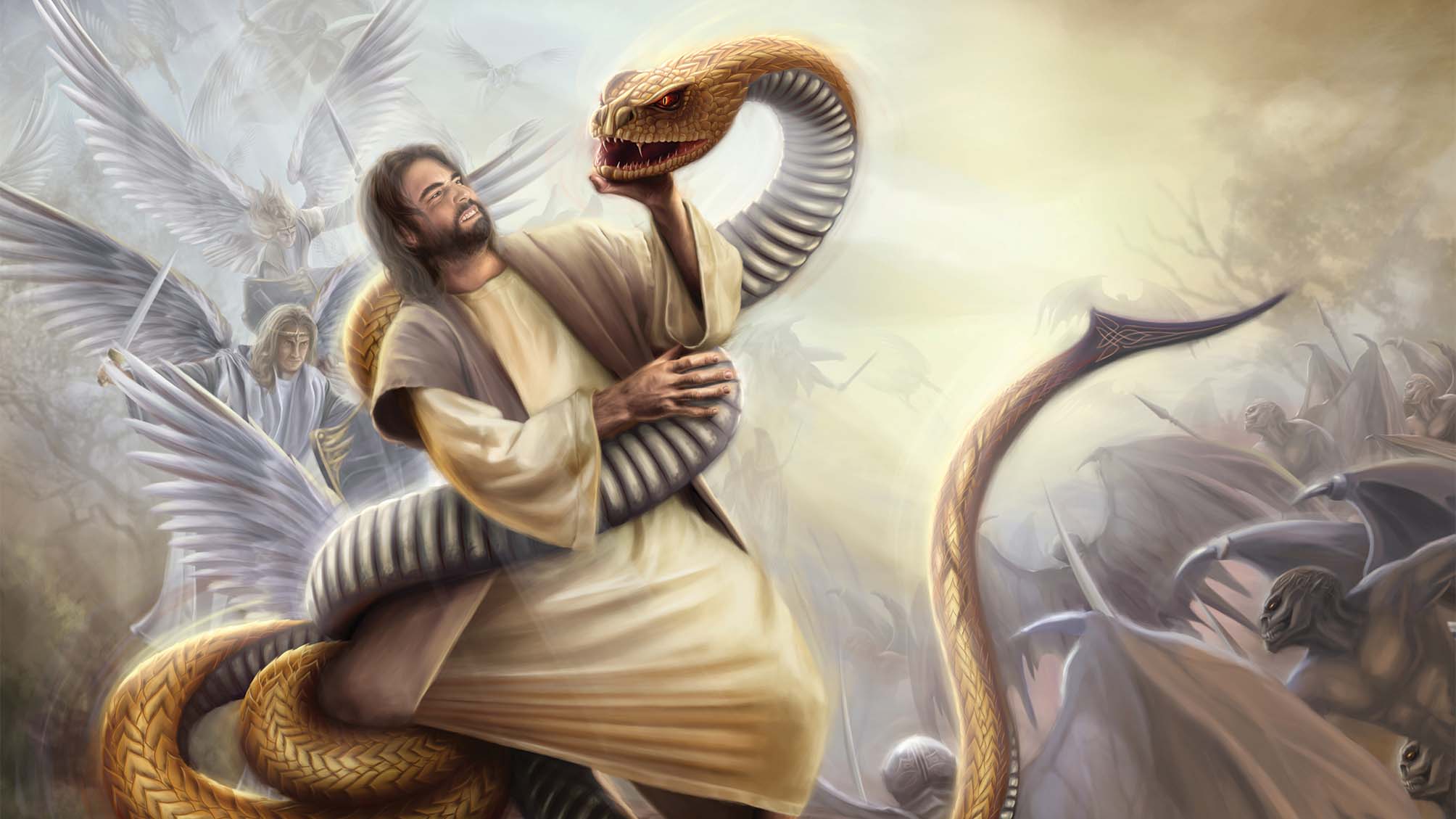The apostle Paul charged his younger companion and preacher Timothy with this critical advice: “be diligent to present yourself approved to God as a workman who does not need to be ashamed, accurately handling the word of truth” (2 Timothy 2:15).1
This solemn appeal is essential today, especially when destructive winds of false teachings and misinterpretation of the Scriptures blow strongly through our ranks. One example of heresy is the view there are two “remnants” in Revelation 12:17. Proponents of this position postulate there will rise the final “remnant within the remnant of the end”.
Is this claim biblical? Are there two remnants of the woman or only one? These are good questions. Let us look briefly at Revelation 12:17. What does the phrase “remnant of her seed” mean?
The Biblical Text
“And the dragon was wroth with the woman, and went to make war with the remnant of her seed, which keep the commandments of God, and have the testimony of Jesus Christ” (Revelation 12:17, KJV).
In this passage, the Greek noun spermatos, from sperma, may translate into English in various ways. The following partial selection of Bible translations illustrates this: KJV, GNV–“the remnant of her seed”; NASB–“the rest of her children”; RSV, NIV, NKJV–“the rest of her offspring”; NLT, MSG–“the rest of her children”; and GNT–“the rest of her descendants”.
In the Context of Revelation
It is important to note that spermatos is singular. Thus, in Revelation 12, spermatos, the “seed” of the woman, is none other than Jesus Christ (Revelation 12:5). In Revelation 12, “the remnant of her seed” refers to those who follow Christ. They are obedient to the commandments of God and have [in their possession] the testimony of Jesus Christ (12:17; see also 19:10). They belong to Jesus Christ and remain faithful to Him in times of crisis and apostasy.
According to the broader context of Revelation, the remnant appears in history at the end of 1260 days or years (see 12:14). Scripture’s prophetic days often mean literal years (see Leviticus 25:1–7; Numbers 14:34; Ezekiel 4:4–6). Most historicist interpreters agree that the prophetic days span from about AD 538 to 1798.2 Contextually, “the remnant of her seed [Jesus Christ]” must refer to a part or the remaining (small group) people of God who appeared on the scene of earth’s history after 1798.
The Bible describes the end-time remnant variously as the “144,000 (Revelation 7:1–8; 14:1–5), the great multitude (Revelation 7:9–17; 19:1), the saints (Revelation 14:12; 17:6), the called, chosen and faithful followers of the Lamb (Revelation 17:14), and the ones who are both watchful and hang on to their garments (Revelation 16:15, cf. 3:17,18).”3 The remnant arose in prophetic time with a prophetic mission (Revelation 10:8-11). They have a prophetic message, “an eternal gospel” to proclaim to the world (Revelation 14:6-12). And they become the prime target of the dragon’s [Satan] last war of the end-time, as described in Revelation 13.
In the Larger Context of Scripture
The end-time battle of Revelation 12 is nestled within the larger context of Scripture. It points us to the beginning of the battle in Eden. Adam and Eve had fallen into the trap set by the great arch enemy: the “great dragon”, “the serpent of old who is called the devil and Satan, who deceives the whole world” (Revelation 12:9). He is a “murderer from the beginning”, “the father of lies” (John 8:43-45), “ruler” of the forces of “darkness” (Ephesians 6:12). In Eden, God took the initiative to save the human family. In Genesis 3:15, God unmasks Satan and his “enmity” towards the woman (Eve) and the ongoing battle against her and her “offspring” (NASB) or “seed” (NKJV). Here, the “seed” refers to the coming of Jesus Christ, the Messiah and Redeemer of the world.
Revelation 12 is, therefore, part of a more significant battle that rages on until the end. The struggle increases in frequency and intensity until the coming of Jesus (Matthew 24: 8). It is the great controversy between Satan and Christ and His followers throughout human history. It culminates in the dragon’s threefold attack on Jesus Christ (the Seed of the woman), the woman herself, and finally, the remnant of her Seed at the very end of time.
Conclusion
Revelation 12:17 points unmistakably to the remnant of the Seed of the woman as an end-time group who love God and are faithful to Him. This is clear in their keeping of His commandments and holding to the testimony of Jesus. They have an identity (Revelation 14:1–5), a message (Revelation 14:6–12) and a mission to “those who live on the earth, and to every nation and tribe and tongue and people” (Revelation 14:6; cf. 10:11).
The last war on the remnant in Revelation 12:17 by the dragon and his allies (sea beast and land beast of Revelation 13) will bring the curtain down on the battle between God and Satan that began in heaven and continued throughout history until the return of Christ. Revelation spotlights the remnant as the object of the dragon’s end-time attack. The Bible teaching about the remnant is clear. There is only one remnant in Revelation 12:17, not two.
1. The NASB translation is used in this article unless noted otherwise.
2. Jon Dybdahl, ed., Andrews Study Bible Notes (Berrien Springs, MI: Andrews University Press, 2010), 1673.
3. Jon Paulien, Armageddon Headquarters, <facebook.com/jonpaulien>.
Tabua Kotobalavu Tuima is a senior lecturer at Fulton Adventist University College, Fiji, and PhD in biblical studies from AIIAS, Philippines.






